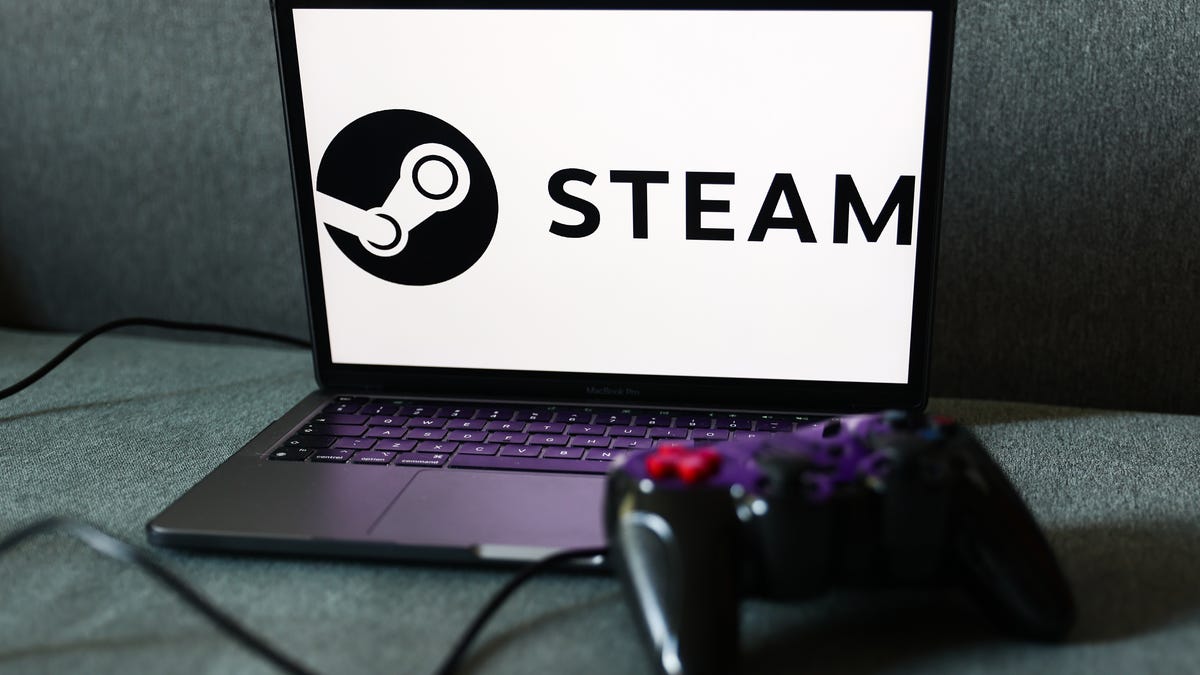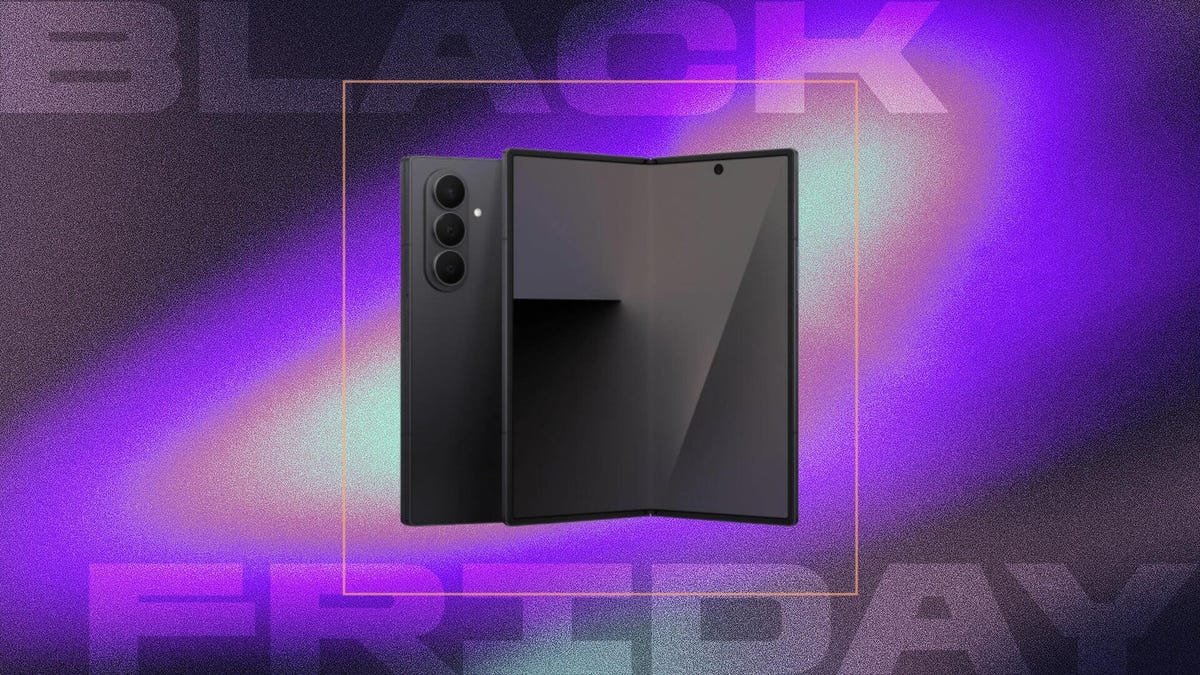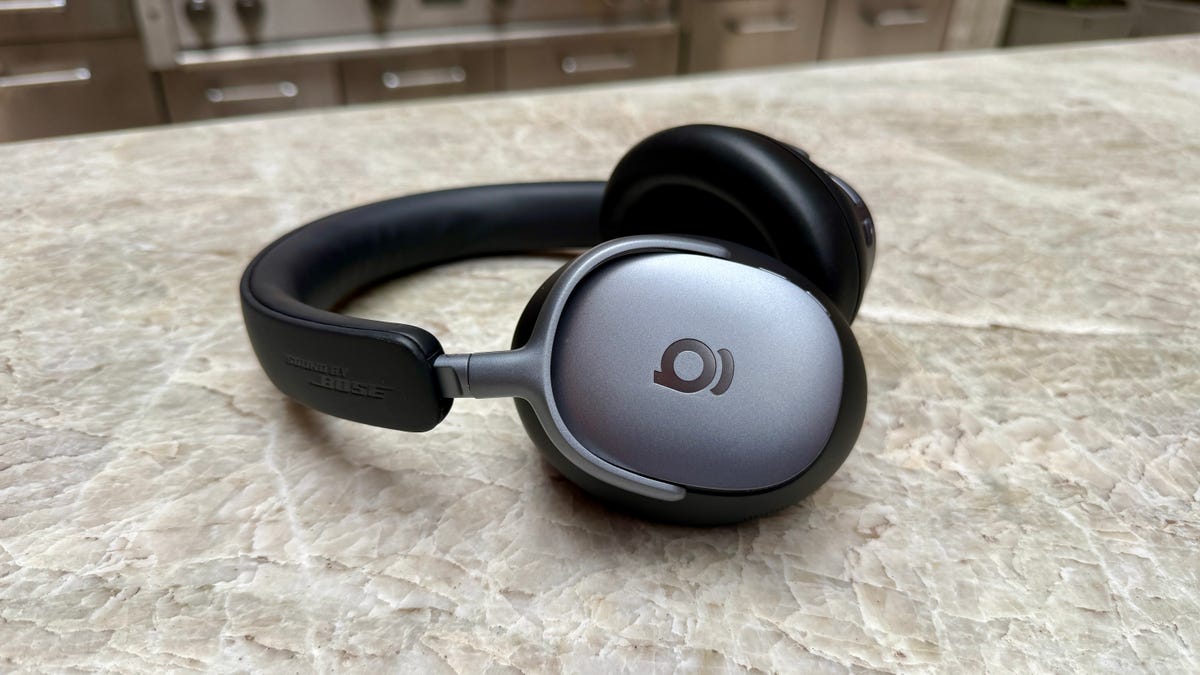Technologies
7 Steam Tips and Tricks You Should Know About
Use these Steam hacks to get the most out of your gaming.

Steam is one of my favorite gaming platforms — it’s easy to navigate and there are tons of sales. You can play games alone or with friends, and Steam is compatible with third-party controllers. If you know where to look, the service has a lot more to offer than a massive selection of games, bundle deals and ease of use.
Here’s a few tips and tricks every Steam user should know about to get the most out of the platform.
Share your library with friends
If you have a massive gaming library through Steam, it’s possible to share with friends and family. You can select up to five users who can access and use your library across 10 devices that you’ve authorized.
Open the Steam app and click Steam in the top left corner of the screen. Select Settings (Windows) or Preferences (Mac) and choose Family in the side menu. Click the box that says Authorize Library Sharing on this computer.
You can also revoke access by clicking your username in the upper right corner of the Steam app and choosing Account Details in the drop-down menu. From there, scroll down to Family Settings and click Manage Family Library Sharing. Under Sharing Status, click Revoke on any devices or accounts you no longer wish to have access.
Turn on Steam Guard and 2-factor authentication
Steam Guard can serve as a useful tool to provide an additional level of security against unauthorized access. To set it up on the desktop app or browser, click your username in the top right corner. Click Account Details in the drop-down menu and choose Manage Steam Guard under Account Security.
When Steam Guard is enabled, you can have codes sent to your phone or email, as well as deauthorize other computers or devices other than the one you’re currently using that might have saved your login information. Steam recommends sending Guard Codes to your phone to also serve as two-factor authentication.
Set up Family View
Family View can serve as a useful tool for adults who share an account with younger users. The feature lets families customize which parts of Steam are accessible to other users. To get started, log into the Steam account that your child will use, click the Steam menu in the top left corner and choose Settings (Preferences on Mac). Choose the Family tab and click Manage Family View.
- Choose what the protected account can access in Family View like Only Games I Choose or All Games, as well as online content and social features. Once you’re satisfied with your choices, click Next.
- If you selected Only Games I Choose, Steam will generate a list of all your games and you can individually click which games you want PIN-protected.
- Click Next, verify your recovery email address and click Next again.
- Create, enter and re-enter your PIN and click Next. Steam will send a verification code to your recovery email, enter that code when prompted and click Next to finalize the process.
To turn off Family View, return to Manage Family View and click Disable Family View.
How to use Remote Play Together
Steam’s Remote Play feature lets you play local multiplayer games with friends and family. One player owns and runs the game, according to Steam, and up to four players can join in. To find a list of compatible Remote Play games, open the Steam app, click Categories and choose Remote Play under Special Sections.
To start a session, launch your game, make sure your friends are logged in to Steam from their devices and open Steam Overlay in-game. Find your friends list and right-click the names of the people you want to play with, then click Remote Play Together. You can start playing after all your invitees have accepted.
How to make a Library Collection
Steam keeps your games in alphabetical order on the left-hand side of the screen, but if you’ve got a massive library or want even more organization, you can create a Collection. In the Steam app, click Library and choose Collections. Name your collection and choose Create Collection. From there, just drag and drop any games you want to include. The collection will save automatically. Those games will be organized under the name of your collection in the left-hand side menu instead of the larger alphabetical list.
You can also choose Dynamic Collection by following the same steps. Dynamic Collections use filters to create collections that continuously update as you add more games to our library.
Add and play non-Steam games
You can play games that aren’t native to Steam on the platform pretty easily. To add a non-Steam game to your library, open the Steam app and click Add Game in the lower left corner of the screen. From there, click Add a Non-Steam Game.
Steam will open a window that lists all the games found on your device. Check the box next to the game you want to add and click Add Selected Programs. If you don’t see the game you want, click Browse and Steam will expand your search results. Find the program you want and click Open. Make sure the program or game is checked in the Add a Game window and click Add Selected Programs.
You should then be able to see the game or program you added in your alphabetical library list on the left side of the screen. When you click the game, the page will likely have little to no information since it’s not native to steam.
Customize bandwidth
Because Steam uses the internet to download games, getting your gameplay going can take little to no time. But if your internet connection is slow, Steam downloading a game likely won’t leave any download speed for anything else. So, if you want to multitask during a download, you can limit Steam’s download speed.
Click Steam in the top left corner of the app and choose Settings (Preferences on Mac). Click Downloads and then check the box next to Limit Bandwidth To. From there, you can type in your preferred download speed and click OK. You can adjust or remove the limits at any time.
For more information, check out CNET’s review of the Steam Deck and how to install Steam on a Chromebook.
Technologies
The Black Friday Gaming Deals You Want Are Already Here, Including PlayStation, Xbox and Alienware
Technologies
The Black Samsung Galaxy Z Fold 7 Is at a Record $443 Off at Amazon for Black Friday
A Galaxy Z Fold 7 price war between Amazon and Samsung gives us a record-low deal for one color.

If you’re looking for a foldable iPhone, you’re gonna need to wait until 2026, but if you’re looking for the best foldable phone of 2025, there are great deals on the Galaxy Z Fold 7 right now at both Amazon and Samsung, with the former dropping the black version of Samsung’s foldable phone to a record-low $1,557. All other models are $1,600 at both Amazon and Samsung, a $400 discount.
Samsung’s unique foldable phones had an awkward adolescence, but after getting her hands on the new lineup, CNET reviewer Abrar Al-Heet confirms that the latest Z Fold 7 «just feels right.» For one, it’s incredibly sleek at just 8.9mm thick when closed or 4.2mm thick when open, which is so thin you may even forget that it’s foldable.
Hey, did you know? CNET Deals texts are free, easy and save you money.
Despite weighing just 215 grams, this foldable features some serious hardware. It has a 6.5-inch cover screen and an 8-inch interior display with a fluid 120Hz refresh rate. It’s equipped with a cutting-edge Snapdragon 8 Elite processor and 12GB of RAM to support tons of helpful AI features and functions, and comes with Android 16 and Samsung One UI 8 right out of the box.
The camera system is also pretty impressive, boasting a 200-megapixel rear camera, 12-megapixel ultrawide shooting and a 10-megapixel front camera on both the cover and interior screens. Plus, it’s equipped with a 4,400-mAh battery for all-day use.
MOBILE DEALS OF THE WEEK
-
$749 (save $250)
-
$475 (save $175)
-
$499 (save $300)
-
$900 (save $400)
Why this deal matters
With an unbelievably sleek design and cutting-edge hardware, the impressive Samsung Galaxy Z Fold 7 is our favorite foldable phone on the market. But it also comes with a staggering $2,000 price tag, and if you’re hoping to get your hands on one, this $443 discount is a way to rack up some serious savings and help cushion the blow of its considerable cost. Just be sure to get your order in soon, as we doubt this deal will remain live for long.
Join Our Daily Deals Text Group!
Get hand-picked deals from CNET shopping experts straight to your phone.
By signing up, you confirm you are 16+ and agree to receive recurring marketing messages at the phone number provided. Consent is not a condition of purchase. Reply STOP to unsubscribe. Msg & data rates may apply. View our Privacy Policy and Terms of Use.
Technologies
I Almost Missed This Deal Within a Deal for Baseus’ Bose-Infused Headphones and Earbuds
Baseus’ new Inspire XH1, XP1 and XC1 models with Sound by Bose are 23% to 33% off for Black Friday and Cyber Monday. But Baseus throws in its BC1 clip-on earbuds or other «free» bonus items to make the deal even sweeter.

I gave CNET Editors’ Choice awards to Baseus’ Bose-infused Baseus Inspire XH1 headphones and Inspire XP1 earbuds because they’re well designed and sound decent for what they cost. I also liked Baseus’ Inspire XC1 clip-on earbuds, which have dual- drivers and earned a spot on CNET’s best clip-on earbuds list.
Last week all three models were selling for around $110 (though they have higher list prices), but they’re now discounted to around $100 for Black Friday and Cyber Monday. That’s a deal I’d highlight on its own, but if you click through to any of those models’ Amazon product pages an look closely you’ll see that each is eligible for «one free item» with purchase.
Read more: Best wireless earbuds of 2025
You have to click the «how to claim link» and then add one of the three products to the your cart. Once one of the headphones or earbuds is added to your cart, you can click a button on the left side of screen (above the stars for average ratings) that switches the view from «qualifying items» to «benefit items.» You can then add Baseus’s BC1 clip-on earbuds, which list for $40, to your cart as a free item. Baseus’ step-up Basues MC1 Pro ($48 for Black Friday) and Inspire XC1 clip-on buds sound better, but the BC1 are fine for casual use.
If the BC1 earbuds option doesn’t thrill you, there are other freebies you can opt for. Just go back to the Amazon product page for the Inspire XH1, XP1 and XC1 and you’ll see options for one free item with $100, $90, $51 and $46 purchases. The $90 benefit item is a 30W dual-port fast charger (list price $20), which is decent, and the $51 benefit item is a retractable USB-C cable ($19 list) that’s useful. Don’t bother with the $46 benefit item.
You can read my full reviews of the Inspire XH1 headphones here and the Inspire XP1 earbuds here. And here’s my quick take of the Inspire XC1 earbuds:
Like Baseus’ noise-isolating Inspire XP1 earbuds that I rated highly, the Inspire XC1 feature «Sound by Bose» and a more premium design than earlier Baseus earbuds. The XC1 don’t sound as good as the XP1, but they sound good for open earbuds and are equipped with dual drivers, one of which is a Knowles balanced-armature driver that helps improve treble performance. While they don’t produce as much bass as noise-isolating earbuds like the Inspire XP1, their bass performance is better than I expected. The buds’ sound is pretty full, especially in quieter environments, though they do better with less bass-heavy material (I did notice a bit of distortion at higher volumes with certain tracks with harder driving bass).
While I prefer the design and fit of Bose’s Ultra Open Earbuds (as well as the design of their case) and think the Bose buds sound more natural and a tad better overall, the much more affordable Inspire XC1 fit comfortably and offer top-tier sound for clip-on open earbuds (and they play louder than the Bose), as well as decent voice-calling performance with good background noise reduction.
HEADPHONE DEALS OF THE WEEK
-
$248 (save $152)
-
$170 (save $181)
-
$298 (save $131)
-
$199 (save $150)
Read more: Best Black Friday headphones deals
Join Our Daily Deals Text Group!
Get hand-picked deals from CNET shopping experts straight to your phone.
By signing up, you confirm you are 16+ and agree to receive recurring marketing messages at the phone number provided. Consent is not a condition of purchase. Reply STOP to unsubscribe. Msg & data rates may apply. View our Privacy Policy and Terms of Use.
-

 Technologies3 года ago
Technologies3 года agoTech Companies Need to Be Held Accountable for Security, Experts Say
-

 Technologies3 года ago
Technologies3 года agoBest Handheld Game Console in 2023
-

 Technologies3 года ago
Technologies3 года agoTighten Up Your VR Game With the Best Head Straps for Quest 2
-

 Technologies4 года ago
Technologies4 года agoBlack Friday 2021: The best deals on TVs, headphones, kitchenware, and more
-

 Technologies4 года ago
Technologies4 года agoVerum, Wickr and Threema: next generation secured messengers
-

 Technologies4 года ago
Technologies4 года agoGoogle to require vaccinations as Silicon Valley rethinks return-to-office policies
-

 Technologies4 года ago
Technologies4 года agoOlivia Harlan Dekker for Verum Messenger
-

 Technologies4 года ago
Technologies4 года agoiPhone 13 event: How to watch Apple’s big announcement tomorrow
